TrafficJet™ Pro speeds up production at Industrias Saludes in Spain
By Matthan Evans - Feb 16, 2024
Avery Dennison Graphics Solutions
April 5, 2024
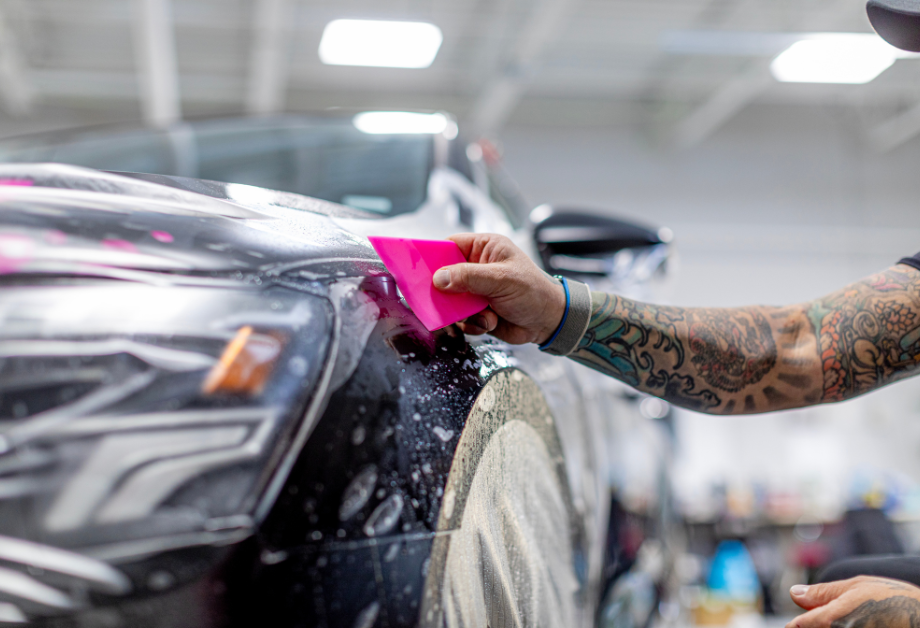
So, you are ready to protect your car with a Paint Protection Film, or PPF, but don’t know where to begin. Many people are overwhelmed by the costs, finishes, and installation options available for Paint Protection Film. For this reason, we sat down with Narayan Andrews, owner of Spectrum Auto in Colorado Springs, Colorado. Narayan has over 20 years of experience in the paint protection film industry.
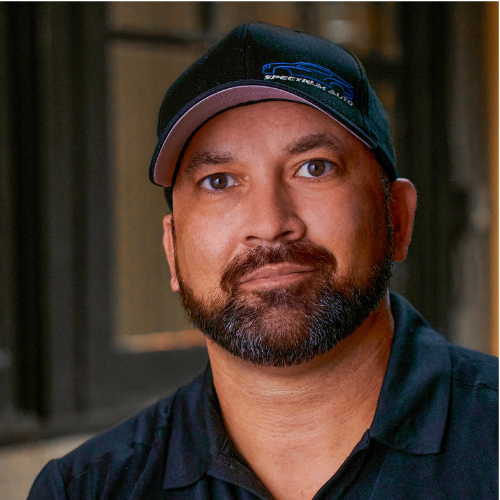
About Narayan
Narayan Andrews started installing window tint for auto, residential, and commercial glass in the 1990s. In 1997, he began installing graphics. He first started installing paint protection film (PPF) in 2003 and that same year he opened his own shop, Spectrum Auto, in Colorado Springs, CO where he currently still resides. By 2008, he was offering full vehicle wraps and now does fleet vehicles, color changes, murals and window graphics as well as PPF.
Q: Narayan, can you explain to us what paint protection film is?
Narayan: Paint protection film is a thermoplastic urethane film, like a polyurethane film. It has self-healing adhesive and a top coat with hydrophobic properties meant to protect your vehicle from scratching, rock chips, or any debris. It also protects from solvents that cities put on the road. For example, in Colorado where I live they put an ice slicer on the road that's pretty harsh and can damage your paint.
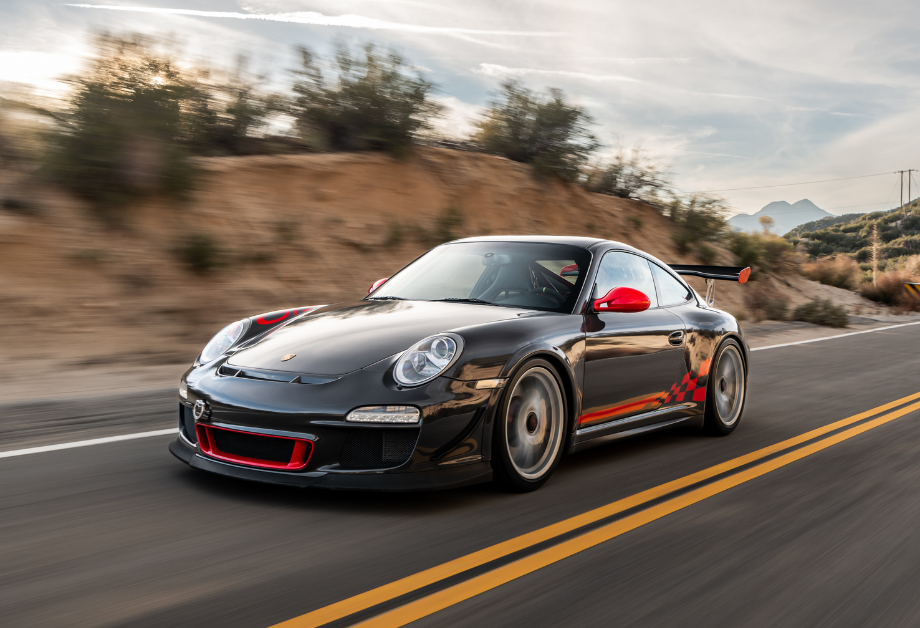
Q: How many types of PPF films are available in the marketplace for a consumer to consider?
Narayan: There are quite a few. Now you have color PPF, wet-apply PPF (including gloss and matte finishes) and dry PPF as options.
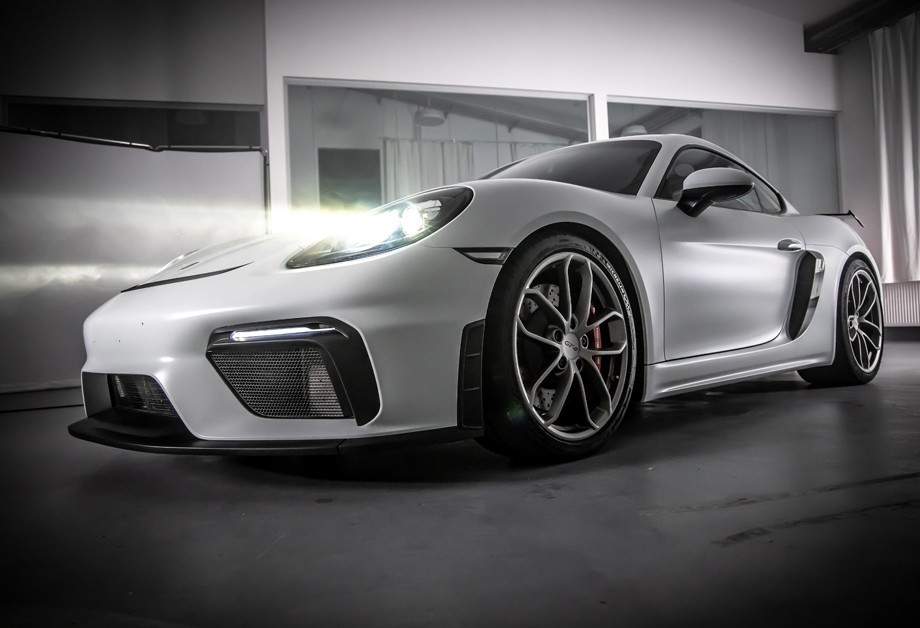
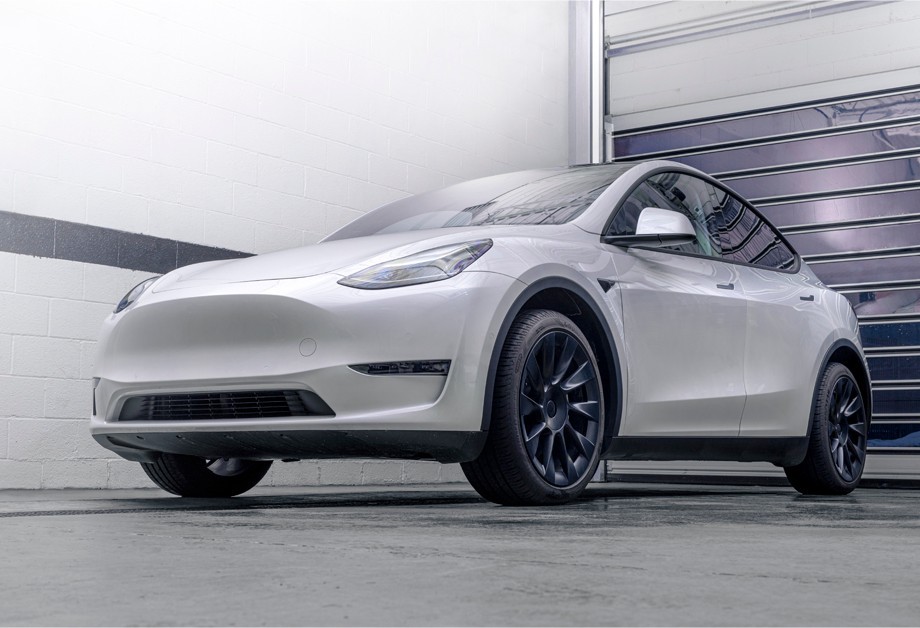
Q: Where do you typically install paint protection films?
Narayan: That can depend on the size of the car, but usually it's the front end of the car or the full front end where rocks and debris will hit. On trucks, I usually extend that area by installing small areas by the bed of the truck and where the wheels are because rocks fly up into that area. Here’s more coverage information as to the areas where PPF films can be installed on your car.
Q: Can you explain to us what “clear bra” means?
Narayan: It's the same thing as PPF. It was called Clear Bra in the early 2000s. It actually stems from the leather bras you would see on cars in the 80s. But the truth is, those were not good for a car’s exterior. It would actually destroy a car’s paint underneath. So the term clear bra, or clear mask, is the same as PPF, it was an upgrade from those leather bras.
Q: How long does a typical PPF installation take?
Narayan: There are many factors that can play into installation time, mostly the experience level of the installer, the size of the vehicle, and the brand / type of film being used. I enjoy using Avery Dennison film because it is one of the easiest films to install due to its conformability. For a seasoned installer working on the full front end of a car, I would say around two to four hours. To do the entire car, especially on a larger vehicle would probably take around two to three days.
Q: How does pricing typically work for PPF installation?
Narayan: It’s important to consider what kind of installation it is, where the installation is taking place, as well as the experience level of the installer. It’s important to choose an installer who knows what they are doing, and that will often cost you more than someone with little to no experience. For a ballpark example, a very common installation is a Tesla Model S, and pricing for a full front end can vary from $1,200 to around $2,800.
Q: What should a car owner ask the installer or shop where they are considering getting paint protection film installed on their car?
Narayan: That’s a great question. There are a few I would definitely ask:
They definitely need to ask about the product warranty - not just the manufacturer warranty, but the install warranty.
The next biggest question to ask is are they hand cutting bulking, or are they using computer cut where a plotter is cutting it? Sometimes a shop has to do half and half. So that's a good question to ask.
The final question I would ask is if the shop has insurance. You would be surprised how many shops are not insured. And then ask your installer, ‘will your insurance cover it if you cut my car?’
Q: If an owner is exploring all of the different finish or color options for PPF installation, what are some things they should consider?
Narayan: The first thing to consider is: Are you just wanting to protect it and retain the [paint] color and finish of your current vehicle? Then you would probably want to use a gloss finish PPF. If someone is wanting to restyle their vehicle and change the look, then I would propose a matte finish film like Supreme Defense™ Matte or they could even consider a colored PPF film for a more drastic change. I would say most people are doing either the gloss or matte PPF.
For more information about paint protection film as an option for your car, to review Avery Dennison PPF portfolio offerings and to find an installer near you, visit graphics.averydennison.com/ppf.
By Matthan Evans - Feb 16, 2024
By Matthan Evans - Feb 09, 2024